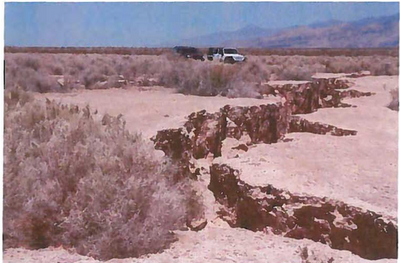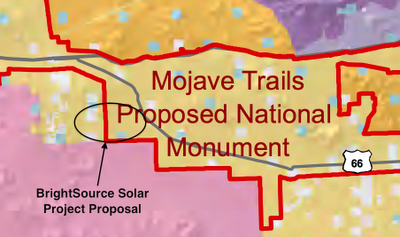BrightSource Energy Challenges Military Training Mission

The Department of Defense has expressed concern that BrightSource Energy's solar "power tower" technology could obstruct military testing and training activities in the Mojave Desert, since the heated towers standing hundreds of feet over the desert could become an attractive target for heat seeking sensors and weapons. Two BrightSource Energy projects in particular are proposed for desert habitat bordering the US Marine Corps' base at Twentynine Palms, where air and ground live fire exercises are conducted. The Siberia Solar project would be built just north of the Marine base, but within view of an active training ground. The project would also be adjacent to the proposed Mojave Trails National Monument, a conservation effort to protect desert landscapes and wildlife along the historic Route 66. The Department of the Interior has shown a propensity to permit energy projects despite environmental concerns in its "fast track" permitting process, but it ...








